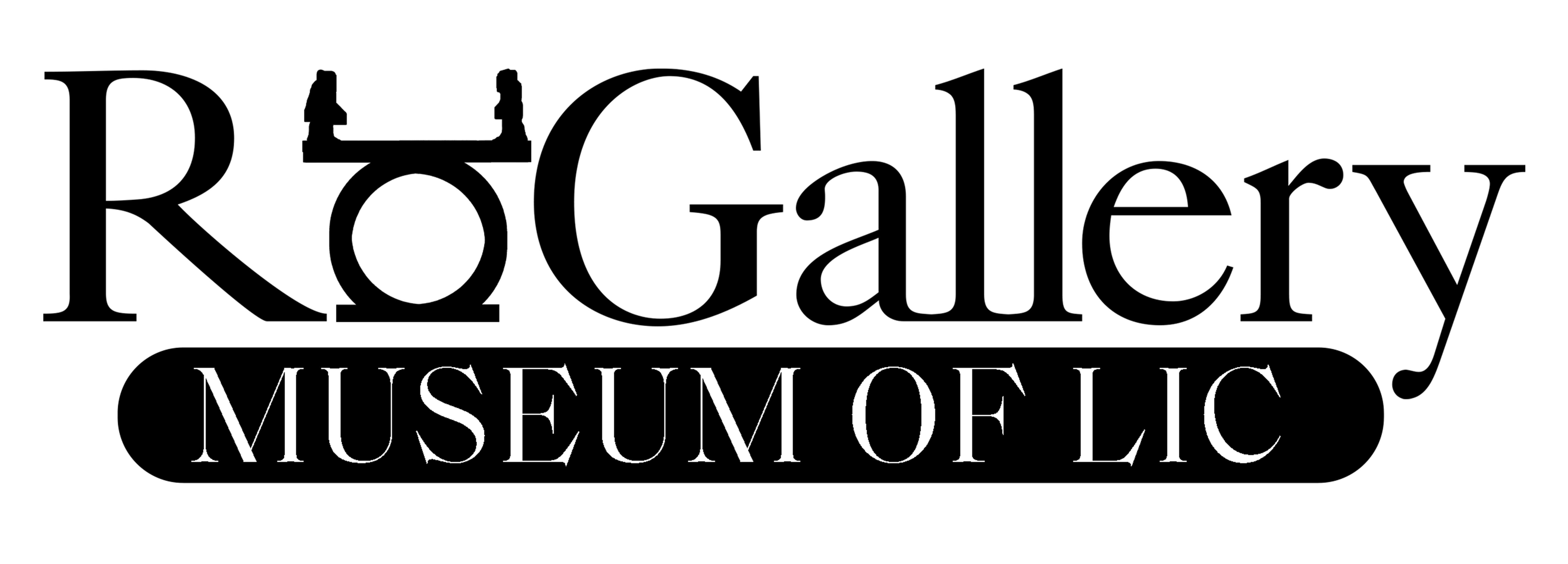PILL, circa 1970
by Emma Reinhardt
Published October 22, 2024
The impact of birth control on art and the American consciousness.
Although it had already been approved and widely used as a medication to treat several menstrual disorders since 1957, it took until June 1960 for the FDA to approve the first birth control pill - Enovid 10 mg - for general contraceptive use. By that point, it had already been taken by half a million women. This first medication was quickly joined by several other varieties, all of which became common household staples throughout America. Despite rising popularity in those first few years, it took two court cases (Griswold v. Connecticut in 1965 and Eisenstadt v. Baird in 1972) to grant country-wide access to the Pill for married and unmarried women respectively.
The Pill represented an unprecedented freedom for women. Unlike other forms of contraception like condoms, the Pill placed the agency of prevention solely up to women and let them ensure on their own terms that pregnancy would not occur. This allowed women to more easily graduate high school and college, start their careers, and manage household sizes without the worry of pregnancy interrupting them.It had additional side benefits as well, such as managing stubborn acne and curbing the intensity of heavy periods. The Pill, when combined with the sexual revolution that was growing in the 1960s and the continuing increase of women in the workforce, ensured that the second wave of feminism would remain strong and unhindered by unplanned pregnancies and children.
Chryssa moved from Greece to New York City in 1954, when the Pill was still being tested and formulated. Her work centered on a fascination with American Pop culture, particularly with the sensationalism of commerce through large marquees and neons. Her earliest pieces explored the form, utility, and universality of letters. Not only could they shape language into the mind of the reader, but they also carried with them unique signifiers that could be warped and read anew on their own.
The PILL sculpture was made sometime in the late 1960s or early 1970s. Far from her first piece to make use of glass tubing and neon, this work mimics the aesthetics of a sign in a pharmacy window. At first glance, it looks like a random assortment of tubes and glass and metal arranged in vertical rows, but on closer inspection, the viewer can see several unused packets of birth control in the far right column, all labeled with days of the week. This is a continuingly vital part of packaging for this medication as the Pill must be taken daily in order to be most effective. Stepping back, the viewer can see the name of the piece take shape in the glass.
While the large “P” is prominent, it is clear that the following letters – “I” and the double “L” – are also present. The columns formed from each letter are filled with pieces of glass tubing written out like abbreviated days of the week. The whole piece looks like it would belong in the window of a family-run pharmacy somewhere on the Lower East Side of New York.
USA is the first completed neon work by Chryssa, finished in 1962. Originating a structural design that would become a pattern in her later work, the piece features a pedestal on which a jumble of glass tubes are shaped to resemble letters, filled with a noble gas, and placed under a black glass box. In this instance, the letters spell out “USA” and the gas that is held within the tubes is neon, which glows a deep orange-red when an electric current is passed through it. USA is part of an ongoing series of studies and works done in this style, which she called simply the “neon boxes”.
She believed that communication was tied to the energy of a thing, that with sunlight or electricity flowing through a piece, so too would the message of the symbols within flow back out to the viewer. Most of her messages were focussed on the spectacle of America and how it was particularly condensed down and purified in places like Times Square. She once said, “Believe me when I say that there is wisdom, indeed, in the flashing lights of Times Square. The vulgarity of America as seen in the lights of Times Square is poetic, extremely poetic. A foreigner can observe this, describe this. Americans can feel it. Times Square I knew had this great wisdom…even if the sign-makers did not realize that.”
USA was Chryssa’s first venture in not only exploring the spectacle of Times Square, but replicating it as well. Whereas with previous works the artist had salvaged and repurposed metal signage from the area into her practice, USA became the first instance where Chryssa wholly fabricated a neon piece to satirize and perhaps even rival the neons that filled up that area in the 1960s. Chryssa saw these works as living things. The neon boxes, with their exposed tubing and visible junctions, are almost like brains; they breath, click, and vibrate under the watch of the viewer. The dark and light, the state of on and off, humming and waiting, represent the artist’s presence within the cultural tapestry in which she found herself. As an immigrant, both Greek and American, she used works like USA to knit herself into the legacy of American culture, refracting herself through American symbols like currency and advertising.
